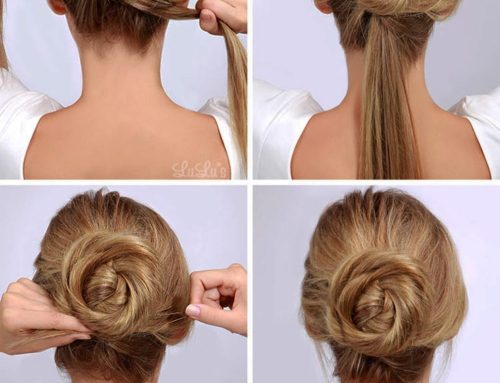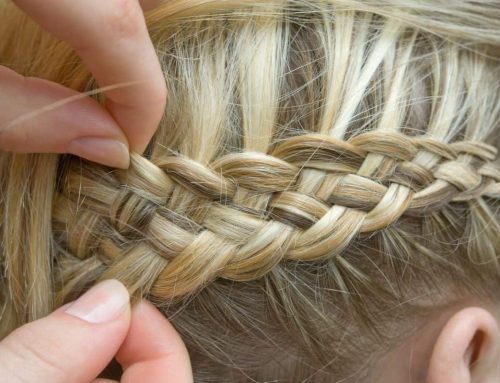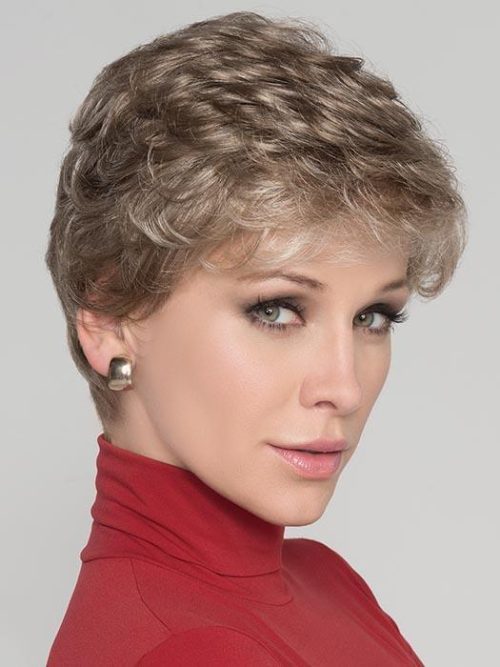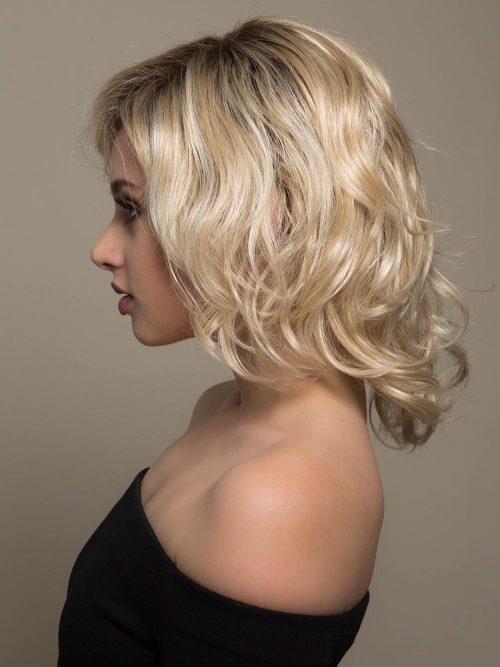Comprehensive Guide to Wig Care
Introduction
Investing in a high-quality wig is not just about enhancing your appearance; it’s about embracing a lifestyle choice that demands meticulous care and attention. A well-maintained wig not only boosts your confidence but also serves as a testament to your commitment to personal grooming and style.
Basic Care and Maintenance
Combing and Detangling
Wigs, like natural hair, require regular detangling to maintain their appearance and longevity. Use wide-tooth combs or special wig brushes to gently remove tangles, starting from the ends and working your way up to the roots. This method minimizes breakage and helps maintain the wig’s structure.
Washing and Conditioning
Wash your wig every few weeks or after about 25 wears. Use lukewarm water and wig-specific shampoos to cleanse without stripping essential oils. Condition the wig to restore moisture and shine, ensuring thorough rinsing to prevent buildup.
Drying and Styling
Air dry your wig on a stand to preserve its shape. Avoid wringing or twisting, which can damage fibers. Style the wig using low-heat tools and wig-friendly products to prevent heat damage and maintain the wig’s quality.
Advanced Wig Care
Deep Cleaning and Restoring
Over time, wigs can accumulate product buildup, leading to a dull appearance. Deep cleaning with clarifying shampoos can rejuvenate your wig. For extensive restoration, consider professional wig services to revitalize older pieces.
Repair and Rejuvenation
Regular maintenance can prevent major damages, but when issues arise, address them promptly. Small rips in the lace can often be repaired at home with the right tools and techniques, while more significant damage may require professional restoration.
Daily Wear and Usage
Putting On and Taking Off
Properly wearing a wig involves aligning it with your natural hairline and securing it comfortably on your head. At the end of the day, carefully remove the wig to avoid pulling or stretching, which can lead to damage.
Adjusting for Comfort and Fit
A well-fitted wig should be comfortable and secure. Adjustable straps, wig caps, and proper placement can enhance the fit. If discomfort persists, consult with a wig specialist for potential alterations or custom fitting.
Long-Term Storage and Preservation
Proper Storage Solutions
Store your wig on a mannequin head or wig stand to retain its shape. Keep it in a cool, dry place away from direct sunlight to prevent color fading and fiber damage.
Handling and Transportation
When traveling, use a wig case or box to protect your wig from being squashed or tangled. This ensures it remains in pristine condition, ready for wear upon arrival at your destination.
Special Considerations
Coloring and Chemical Treatments
While tempting, coloring or chemically treating wigs can lead to damage if not done correctly. Always consult with a professional before attempting to alter your wig’s color or texture.
Dealing with Synthetic vs. Human Hair
Synthetic and human hair wigs have distinct care needs. Synthetic wigs often require less styling but can be sensitive to heat, whereas human hair wigs offer more styling versatility but may need more frequent washing and conditioning.
Troubleshooting Common Wig Problems
Encounter issues like matting, shedding, or frizz? Gentle brushing, regular washing, and proper storage can solve many common wig problems. For persistent issues, seek advice from a wig specialist to determine whether repair or replacement is necessary.
Conclusion
Wig care is an essential aspect of maintaining the aesthetic and structural integrity of your investment. Regular maintenance, proper storage, and attentive handling will ensure your wig remains a beautiful and reliable aspect of your personal style for years to come.
Additional Insights
Wig Alternatives and Enhancements
Explore wig toppers or extensions as alternatives or enhancements to full wigs. These options can provide versatility in styling and coverage for different types of hair loss.
Ethical and Sustainable Wig Sourcing
Consider the source of your wig. Ethical sourcing and sustainable practices in wig production are important for ensuring that your beauty choices align with environmental and ethical standards.
Cultural and Historical Significance
Wigs hold a rich cultural and historical significance, symbolizing status, fashion, and identity across various societies. Understanding this history can deepen your appreciation for your wig and its role in self-expression.
Incorporating personal anecdotes and experiences, using a conversational tone, and providing detailed care instructions, this article aims to cover all aspects of wig care comprehensively. By treating your wig with the care it deserves, you’ll enjoy its beauty and functionality to the fullest.




